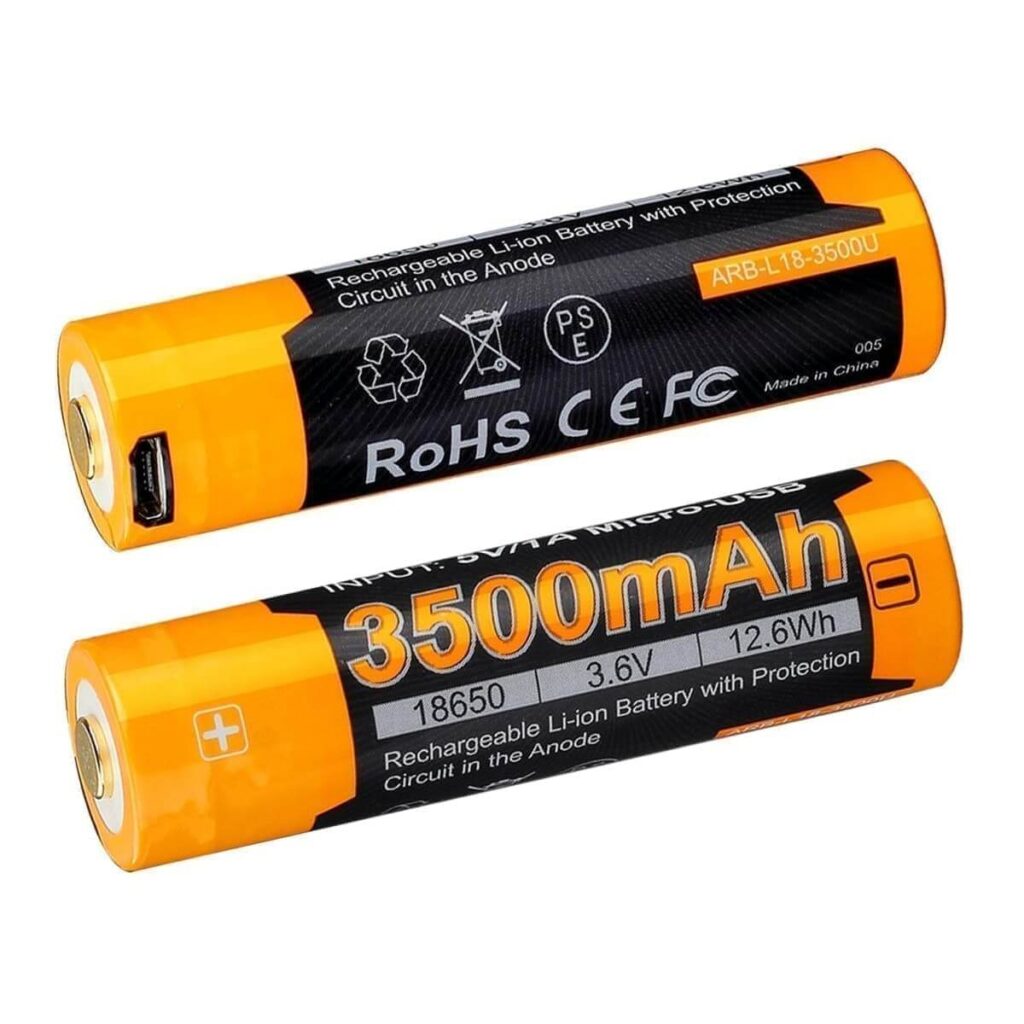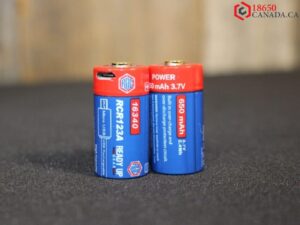18650 batteries are a type of lithium-ion rechargeable battery that has become very popular in recent years. They are widely used in various devices such as laptops, flashlights, electric vehicles, and more. They offer many advantages over other types of batteries, such as high energy density, long lifespan, and relatively low self-discharge rate.
However, they also pose some challenges, such as the risk of overcharging, overheating, or short-circuiting. Therefore, it is very important to choose the right charger for your 18650 batteries to ensure their optimal performance and safety.
There are many factors that affect the quality and safety of 18650 batteries, such as capacity, discharge rate, chemistry, protection circuit, and charging method. Let’s take a look at each of these factors and how they influence your choice of charger.
Capacity:
The capacity of a battery is measured in milliamp-hours (mAh), which indicates how much energy it can store. The higher the capacity, the longer the battery can run before it needs to be recharged. However, higher capacity also means longer charging time and higher costs. The capacity of 18650 batteries ranges from 1800mAh to 3500mAh..
You should choose a charger that can match the capacity of your battery and charge it efficiently. For example, if you have a 3000mAh battery, you should use a charger that can deliver at least 1A (1000mA) of current to charge it in about 3 hours.

Discharge Rate:
The discharge rate of a battery is measured in amperes (A) or C-rate (C), which indicates how much current it can deliver at a given time. The higher the discharge rate, the more power the battery can provide to your device. However, a higher discharge rate also means higher heat generation and faster degradation.
The discharge rate of 18650 batteries ranges from 5A to 35A. You should choose a charger that can handle the discharge rate of your battery and prevent it from overheating or overloading. For example, if you have a 20A battery, you should use a charger that has a current limit of at least 20A to avoid damaging your battery.
Chemistry:
The chemistry of a battery refers to the type of materials used in its electrodes and electrolyte. The chemistry determines the voltage, capacity, discharge rate, and safety features of the battery.
There are different types of chemistry for 18650 batteries, such as lithium cobalt oxide (LiCoO2), lithium manganese oxide (LiMn2O4), lithium nickel manganese cobalt oxide (LiNiMnCoO2), and lithium iron phosphate (LiFePO4).
You should choose a charger that can recognize the chemistry of your battery and adjust its output voltage accordingly. For example, if you have a LiFePO4 battery, you should use a charger that has a cut-off voltage of 3.6V instead of 4.2V to avoid overcharging your battery.
Protection Circuit:
The protection circuit is a small electronic device that is embedded in some 18650 batteries to prevent them from overcharging, over-discharging, short-circuiting, or overheating. The protection circuit adds some extra length and costs to the battery, but it also enhances its safety and reliability.
You should choose a charger that can work with both protected and unprotected batteries and detect their status automatically. For example, if you have a protected battery, you should use a charger that has a temperature control feature to monitor the temperature of your battery and stop charging when it reaches a certain threshold.
Charging Method:
The charging method refers to the way the charger delivers current to the battery. There are two main types of charging methods for 18650 batteries: constant current (CC) and constant voltage (CV). CC means that the charger maintains a constant current until the battery reaches a certain voltage level, then switches to CV mode.
CV means that the charger maintains a constant voltage until the current drops to a certain level, then stops charging. You should choose a charger that can combine both CC and CV modes to charge your battery fully and safely. For example, if you have a 3.7V battery with a capacity of 3000mAh, you should use a charger that can deliver 1A of current in CC mode until the battery reaches.

